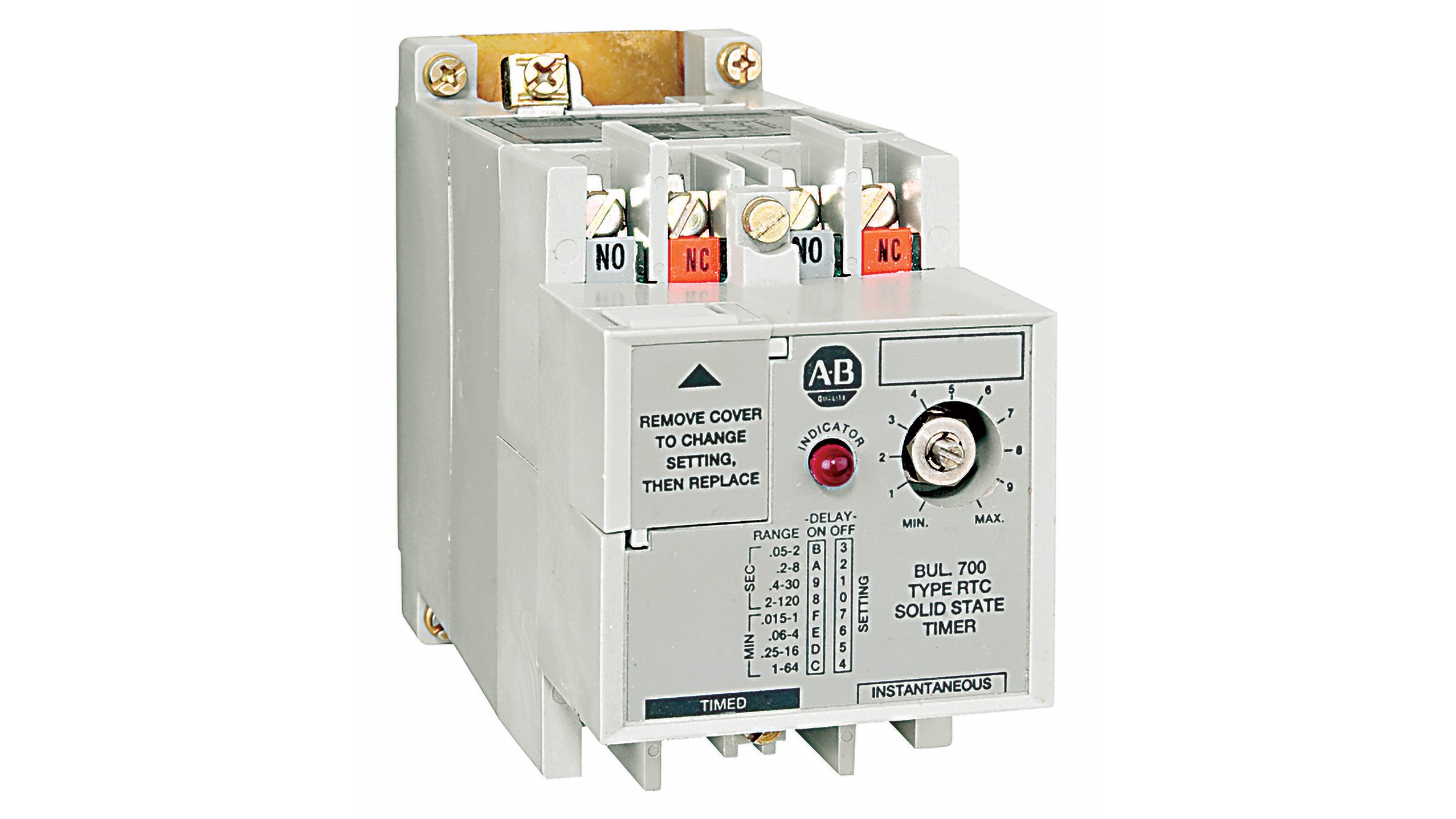
Diversity Factor in Electrical Wiring Installation Explained
1. Understanding Diversity Factor Concept
– Diversity Factor refers to the ratio of the sum of individual maximum demands of various electrical appliances to the maximum demand of the whole building.- It takes into account that not all electrical loads will be operating simultaneously at peak demand.- By calculating the Diversity Factor, electrical engineers can design the wiring system to handle the expected load efficiently.
2. Importance of Diversity Factor in Electrical Wiring Installation
– Helps in sizing the electrical equipment and wires accurately to prevent overload situations.- Reduces the overall cost of installation by avoiding unnecessary oversizing of equipment.- Ensures a more balanced and stable electrical distribution system within the building.

Factors Influencing Diversity Factor
1. Building Type and Usage
– The type of building and its specific usage play a significant role in determining the diversity factor.- Residential buildings, commercial offices, and industrial facilities will have varying diversity factors based on the nature of operations and occupant behaviors.
2. Load Characteristics and Electrical Appliances
– The types of electrical loads present in a building, such as lighting, heating, cooling, and machinery, influence the diversity factor.- By analyzing the operating characteristics of each appliance, engineers can accurately calculate the expected load profile and determine the appropriate diversity factor for the electrical wiring installation.

Calculation of Diversity Factor
Factors Influencing Diversity Factor
1. Building Type and Usage
– The type of building and its specific usage play a significant role in determining the diversity factor.- Residential buildings, commercial offices, and industrial facilities will have varying diversity factors based on the nature of operations and occupant behaviors.
2. Load Characteristics and Electrical Appliances
– The types of electrical loads present in a building, such as lighting, heating, cooling, and machinery, influence the diversity factor.- By analyzing the operating characteristics of each appliance, engineers can accurately calculate the expected load profile and determine the appropriate diversity factor for the electrical wiring installation.

Impact of Diversity Factor on Electrical Systems
1. Efficiency and Overload Prevention
– Efficiency in electrical systems increases as the diversity factor allows for a more balanced distribution of loads.- By considering the actual usage patterns of various electrical appliances, overloading of circuits can be prevented, leading to enhanced safety and reliability of the system.
2. Cost Savings and Risk Management
– Implementing the appropriate diversity factor in electrical wiring installations results in cost savings by avoiding the oversizing of cables and equipment.- Moreover, the risk of system failures and downtime is minimized, ensuring optimal performance and longevity of the electrical system.

Residential vs. Commercial Applications
1. Diversity Factor Considerations in Homes
– In residential settings, diversity factors play a crucial role in optimizing electrical systems.- By analyzing typical usage patterns in homes and considering factors like peak load times, appropriate cable sizes can be selected.
2. Industrial and Office Electrical Installations
– Commercial spaces often overlook diversity factors leading to potential overload issues.- Incorporating diversity factors ensures efficient distribution of loads, preventing circuit overloading and enhancing system safety and reliability.